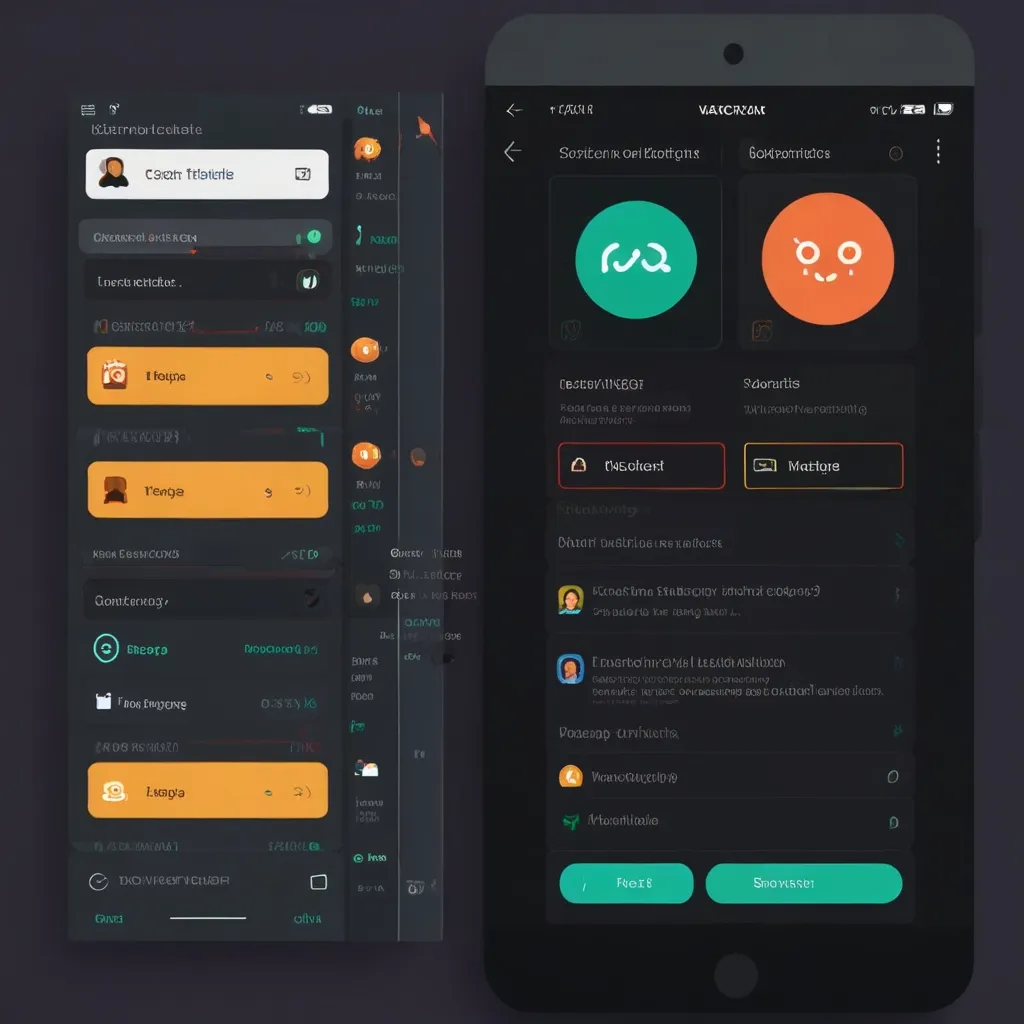Unleash React's Power: Build Lightning-Fast PWAs That Work Offline and Send Notifications
React PWAs combine web and native app features. They load fast, work offline, and can be installed. Service workers enable caching and push notifications. Manifest files define app behavior. Code splitting improves performance.

React's New Superpowers: Concurrent Rendering and Suspense Unleashed for Lightning-Fast Apps
React's concurrent rendering and Suspense optimize performance. Prioritize updates, manage loading states, and leverage code splitting. Avoid unnecessary re-renders, manage side effects, and use memoization. Focus on user experience and perceived performance.

How Can Helmet Give Your Express App Superpowers Against Hackers?
Armoring Your Express Apps: Top-Notch Security with Helmet and Beyond

Mastering Node.js: Build Efficient File Upload and Streaming Servers
Node.js excels in file uploads and streaming. It uses Multer for efficient handling of multipart/form-data, supports large file uploads with streams, and enables video streaming with range requests.

How Can Middleware Supercharge Your API Analytics in Express.js?
Unleash the Power of Middleware to Supercharge Your Express.js API Analytics

Implementing Domain-Driven Design (DDD) in Node.js: A Step-by-Step Guide
Domain-Driven Design in Node.js focuses on modeling complex business domains. It creates a shared understanding between developers and domain experts, resulting in a codebase that reflects real-world problems. Implement gradually for best results.

Nested Routes in Angular: The Secret Weapon for Complex UIs!
Nested routes in Angular organize components hierarchically, enhancing code structure and user experience. They enable intuitive navigation, lazy loading, and data sharing between parent-child routes, improving app performance and maintainability.

The Ultimate Guide to Angular’s Deferred Loading: Lazy-Load Everything!
Angular's deferred loading boosts app performance by loading components and modules on-demand. It offers more control than lazy loading, allowing conditional loading based on viewport, user interactions, and prefetching. Improves initial load times and memory usage.

Unleash React's Power: Storybook Magic for Stunning UIs and Speedy Development
Storybook enhances React development by isolating components for testing and showcasing. It encourages modularity, reusability, and collaboration. With features like args, addons, and documentation support, it streamlines UI development and testing.

Spy on Everything: Advanced Jest Spies That Will Change Your Test Strategy
Jest spies track function calls, arguments, and returns. They can replace functions, mock behavior, and simulate time. Spies enable testing complex scenarios, asynchronous code, and error conditions without changing the original code.

Advanced API Gateway Patterns in Node.js: Building a Unified Backend for Microservices
API gateways manage multiple APIs, routing requests and handling authentication. Advanced patterns like BFF and GraphQL gateways optimize data delivery. Implementing rate limiting, caching, and error handling enhances robustness and performance in microservices architectures.

Are You Ready to Supercharge Your Web Apps with WebSockets?
WebSockets: Crafting a Seamless, Interactive Internet Experience

Testing Styled Components in Jest: The Definitive Guide
Testing Styled Components in Jest ensures UI correctness. Use react-testing-library and jest-styled-components. Test color changes, hover effects, theme usage, responsiveness, and animations. Balance thoroughness with practicality for effective testing.